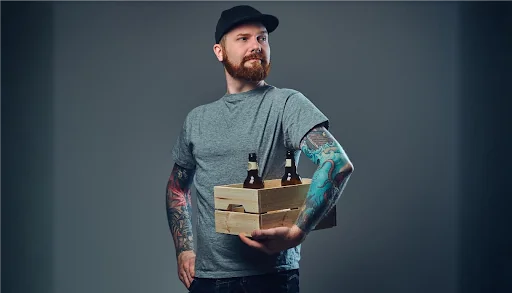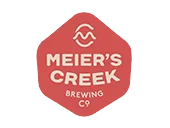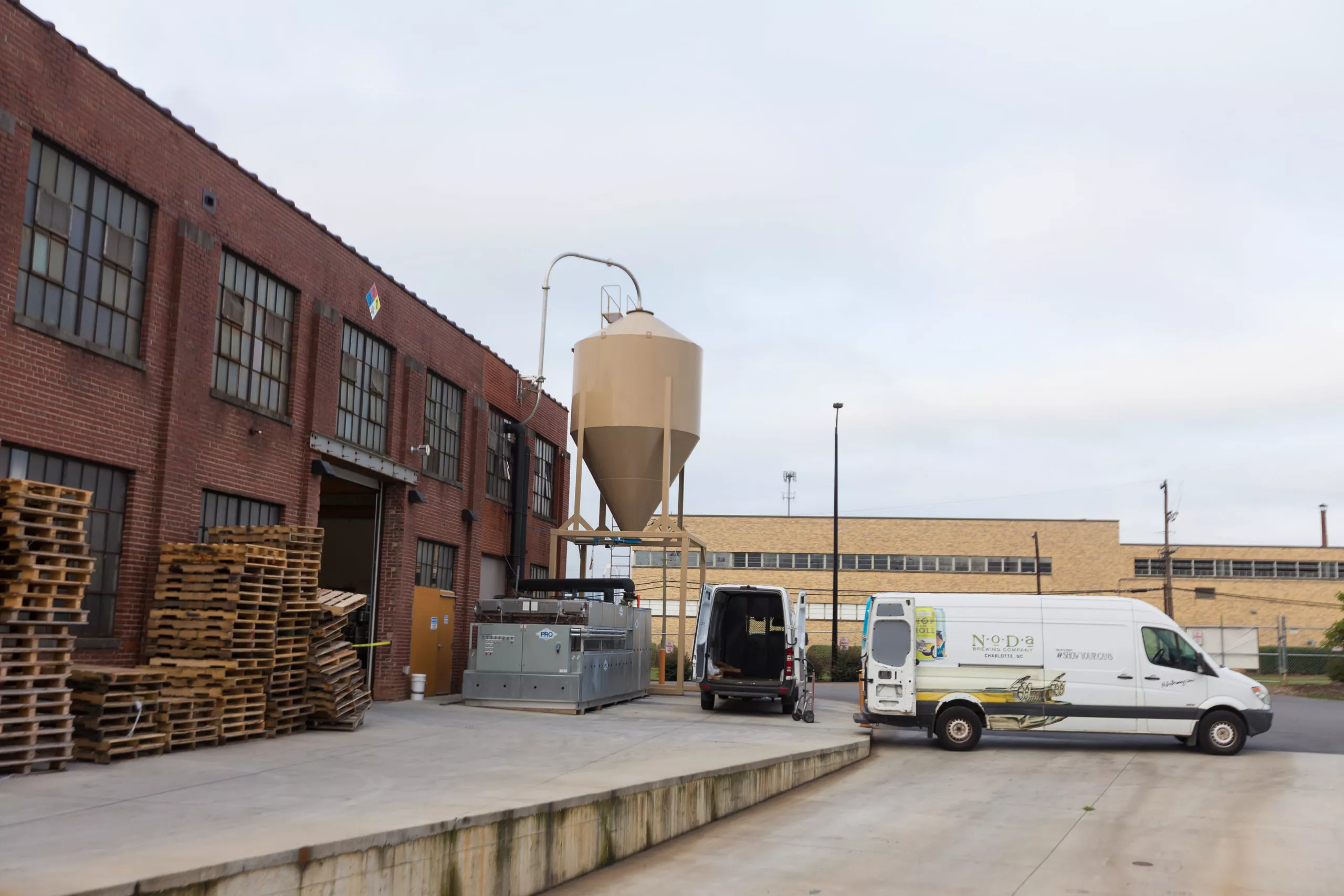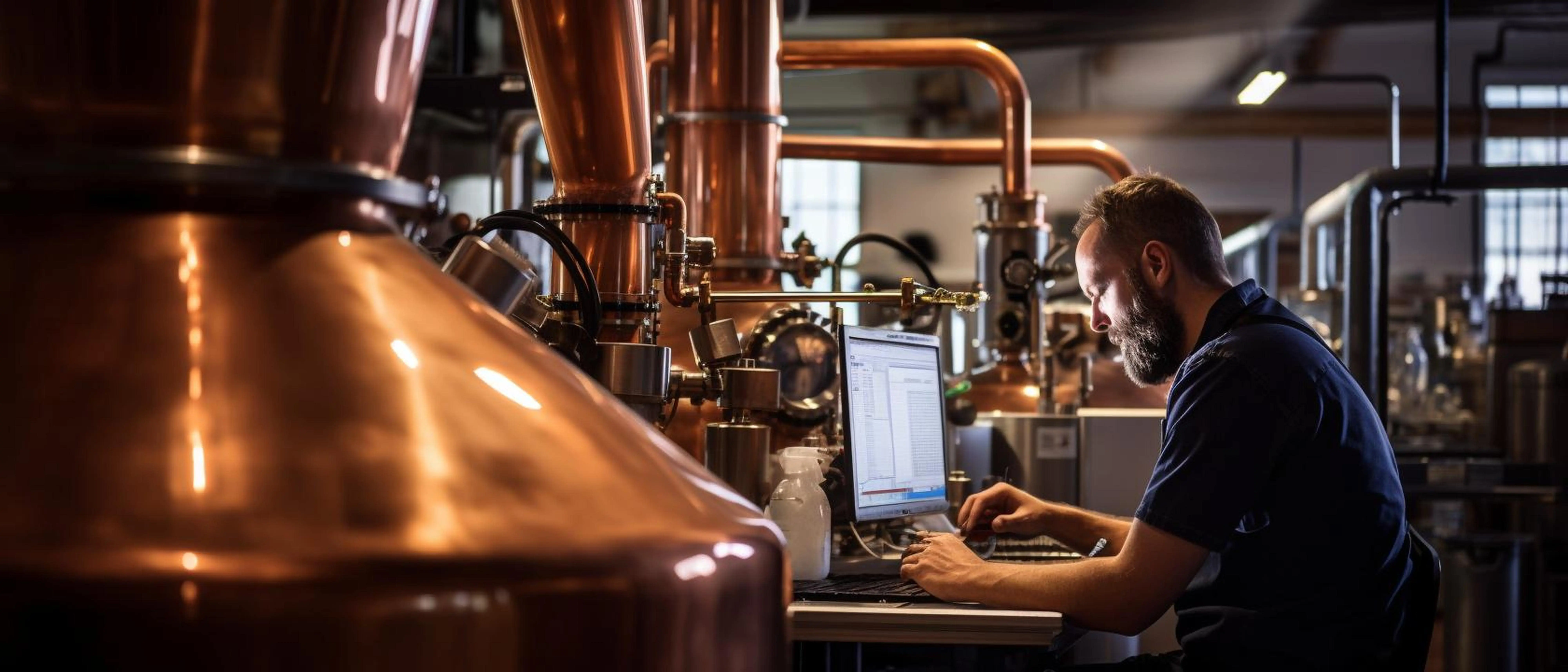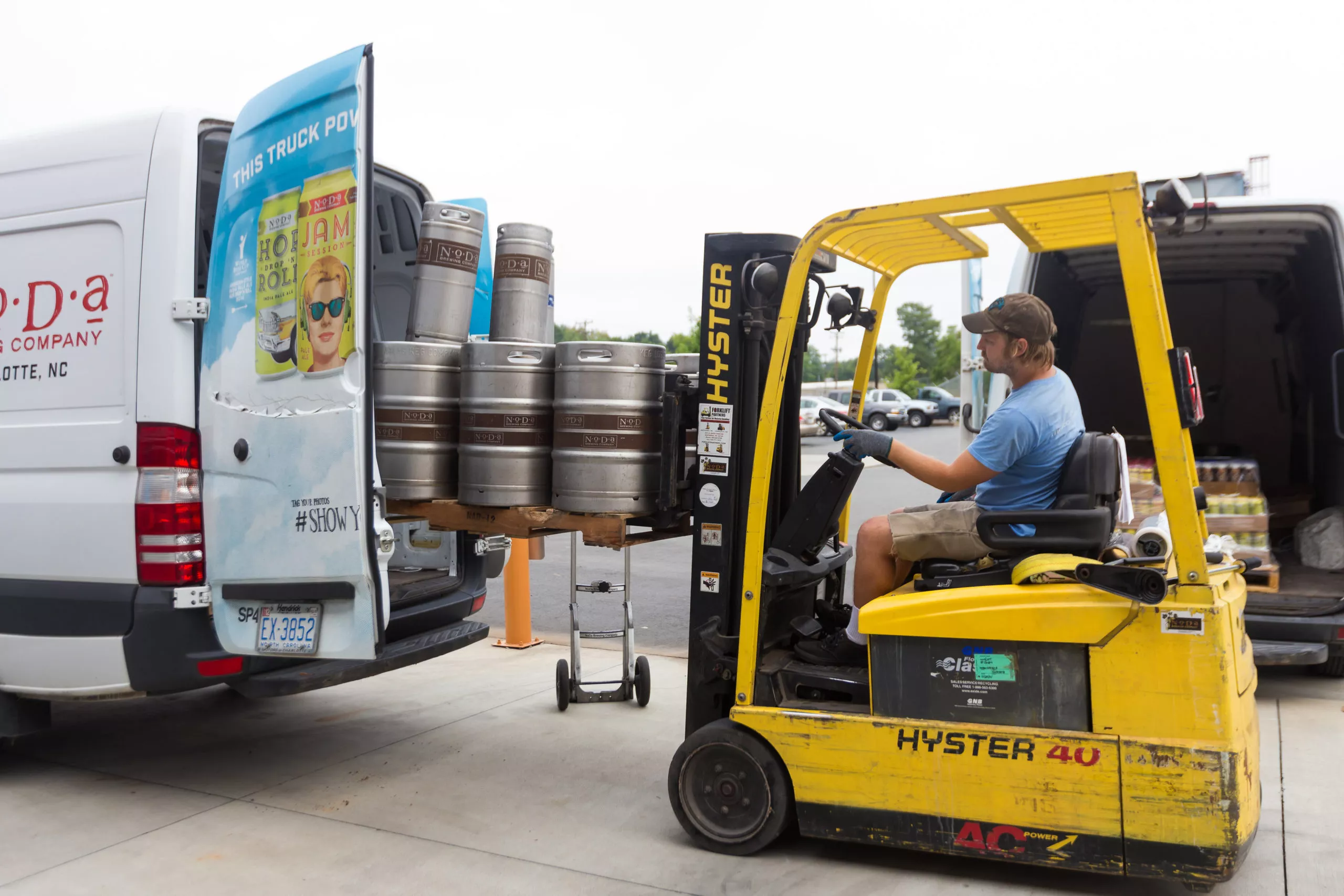Ever thought about joining the booming alcohol delivery industry? You’re onto something big! The global alcoholic beverages market hit a whopping 1,639.9 billion dollars in 2023 and is expected to reach 2,249.3 billion by 2033. But here’s the exciting part—while online alcohol sales currently make up just 3.2% of total beverage alcohol sales in the US, they’re projected to grow at more than 7 times the rate of overall alcohol sales through 2027! With more people than ever ordering their favorite drinks with a few taps on their phones, smart entrepreneurs are stepping up to meet this demand with innovative beverage software solutions and delivery services.
Whether you’re wondering how to start a liquor delivery business or launch an alcohol delivery service, there’s some important groundwork to cover. Starting an alcohol or liquor delivery business isn’t quite like launching your typical delivery service—it comes with its own set of rules, regulations, and unique challenges. Don’t worry though, we’ve got you covered! This guide breaks down exactly how to start a local alcohol delivery business, from navigating legal requirements to choosing the right technology stack.
From Idea to Income: 6 Steps to Start Your Liquor Delivery Business
Starting an alcohol delivery business requires careful attention to legal compliance, operational efficiency, and customer service. Follow these essential steps to build a strong foundation for your venture.
1. Make sure it’s legal.
Before launching your alcohol delivery business, understanding the legal landscape is crucial. While the beverage industry is experiencing tremendous growth, it’s also one of the most regulated sectors. You’ll need to:
- Research state-specific regulations for alcohol delivery (currently, 47 states allow wine delivery, but only 11 states permit direct spirits shipping)
- Obtain necessary licenses and permits (including TTB reporting software compliance for tax purposes)
- Set up proper age verification protocols
- Understand interstate shipping restrictions
- Secure appropriate insurance coverage (general liability, liquor liability, and commercial auto insurance) Consider consulting with a legal expert who specializes in alcohol regulations
For the most up-to-date information, look to your state brewers guild, recent news from your legislature, and state alcohol regulatory agency. Many successful alcohol delivery businesses use specialized beverage software to ensure compliance and maintain proper documentation.
2. Develop Your Alcohol Delivery Business Plan
Before launching your liquor delivery business, you’ll need a solid business plan. This isn’t just about jotting down some numbers—it’s your roadmap to success in the competitive beverage delivery market. Think of your business plan as the foundation that will help you secure funding, guide your decision-making, and keep you focused on your goals.
Let’s be real—starting an alcohol delivery service isn’t a small undertaking. You’ll need to crunch numbers, analyze your market, and make some crucial decisions about your operation. Your business plan should clearly outline your startup costs (including those pricey licenses and permits), your revenue projections, and how you’ll stand out in your local market. Consider factors like delivery radius, minimum order requirements, and whether you’ll specialize in certain types of alcohol or offer a full range of beverages.
Your business plan should outline:
- Market analysis and competition assessment
- Startup and operational costs
- Revenue projections and pricing strategy
- Marketing and customer acquisition strategy
- Technology and equipment needs
- Staffing and delivery infrastructure plans
Need help getting started? You’re not alone. Many successful alcohol delivery businesses began with templates and resources from trusted organizations. Check out:
- SCORE’s free business plan templates
- SBA’s business planning guide
- Local Small Business Development Centers (SBDCs)
- Industry associations like the Brewers Association or Wine Institute
Remember to address the unique aspects of alcohol delivery in your plan. This includes compliance costs (those licenses aren’t cheap!), delivery radius optimization (because efficient routes mean better profits), and peak demand management (think holiday rushes and weekend spikes). Your business plan should be a living document—one that evolves as you learn more about your market and gather real-world experience in the alcohol delivery space.
3. Set up an online ordering system.
While curbside to-go sales are easier to manage, deliveries require robust systems and careful planning. Before selecting a platform, consider your budget for both initial setup and ongoing operational costs. Most platforms charge setup fees ranging from $500-$5000, plus monthly subscriptions and transaction fees. Modern beverage ERP systems can integrate your:
- Inventory management
- Order processing
- Delivery scheduling
- Payment processing
- Customer relationship management
Systems like Square, Commerce7, and Arryved can quickly set up online ordering sites with your available products and pickup/delivery options.
For breweries and distilleries, specialized brewery software or distillery management software can help with everything from keg tracking to production scheduling while seamlessly connecting to your delivery operations.
4. Decide if you’ll use your own staff or a third-party service for deliveries.
Ready to hit the road with your alcohol delivery business? One of your biggest decisions will be choosing between managing your own delivery team or partnering with third-party services. Both options have their perks, and what works best really depends on your business goals and resources.
Going the in-house route gives you total control over the customer experience, from the moment an order comes in until it reaches their doorstep. Many successful liquor delivery businesses prefer this approach because it lets them maintain their brand standards and build stronger customer relationships. Plus, when you handle deliveries yourself, you can seamlessly integrate your operations with your existing beverage ERP system, keeping everything from inventory to delivery tracking under one roof. If managing your own team, ensure drivers:
- Are 21+ with valid driver’s license
- Pass background checks
- Complete alcohol service training
- Understand age verification protocols
- Have clean driving records
On the flip side, partnering with established services like Grubhub, Postmates, or Uber Eats can be a smart way to get started without major upfront investments. These platforms already have the delivery infrastructure in place and come with a built-in customer base.
If you already work with third-party apps for your business, extending into alcohol delivery through these same channels might be your most straightforward option. You can keep your staff focused on curbside orders and production while letting the pros handle the delivery logistics.
Remember, though, that whichever path you choose, you’ll need a solid plan for handling customer feedback and complaints. The delivery experience can make or break your reputation, so make sure you have systems in place to monitor and improve your service quality, whether you’re doing the delivery yourself or working with a partner.
5. Get your team on board and train them properly.
Setting up your processes is one thing, but getting your whole team rowing in the same direction? That’s where the magic happens. Let’s talk about how to get your staff up to speed and keep your alcohol delivery business running smoothly. First up, you’ll want to get everyone together for a proper huddle.
This isn’t just about telling your team there’s a new delivery service—it’s about getting them excited about this new venture and making sure everyone understands their role in making it successful. Whether it’s the person checking for new orders, the team member grabbing products for fulfillment, or your delivery drivers, everyone needs to know exactly what they’re responsible for and how the whole process flows.
Key training areas should include:
- Age verification procedures
- Handling intoxicated customers
- Payment processing protocols
- Delivery documentation requirements
- Emergency protocols
The right tools make all the difference here. If you’re using beverage software for inventory and order management, make sure your team gets proper training. The same goes for your brewery software or distillery management software—the better your team understands these systems, the smoother your operations will run.
Consider setting up regular check-ins during the first few weeks to address any questions or hiccups that come up. Here’s something we’ve learned from successful alcohol delivery businesses: build in some flexibility to your processes at first. You might think you’ve got the perfect system planned out, but real-world operations have a way of exposing areas for improvement.
Give your team permission to speak up when they notice something that could work better, and be ready to make adjustments as needed. Remember, you can always take a day to step back, evaluate what’s working (and what isn’t), and make tweaks to your process. Your staff is on the front lines of this operation—they’ll often have the best insights into what could be improved, so keep those communication channels wide open.
6. Tell your customers!
Now for the fun part—getting the word out about your new alcohol delivery service! Social media is your best friend here, especially if you already have a following. Keep your Instagram Stories fresh with delivery updates, exciting new products, and behind-the-scenes peeks at your operation.
Pro tip: Make sure that online ordering link is front and center in your Instagram bio for easy access.
But don’t stop at social media—let’s think bigger! Local media outlets are often eager to cover new businesses in their community, especially ones that add convenience for local consumers. Draft up a quick press release about your new delivery service, highlighting what makes it unique. Maybe it’s your extensive craft beer selection, your lightning-fast delivery times, or how you’re using state-of-the-art beverage software to ensure every order is perfect.
Email marketing can be incredibly powerful too. If you’ve got an existing customer base from your beverage distribution business, make sure they know about your new delivery option. Consider offering a special discount code for first-time delivery orders to encourage them to try it out.
Most importantly, keep tracking what’s working and what isn’t. Are certain promotional posts getting more engagement? Are customers mentioning how they heard about your service? Use these insights to fine-tune your marketing strategy. Remember, the goal isn’t just to get customers to try your delivery service once – it’s to make them wonder how they ever lived without it!
And here’s a bonus tip: Don’t forget to update your Google Business profile and other online listings to show that you offer delivery. You’d be surprised how many customers find local alcohol delivery services through a simple Google search!
Marketing essentials for your alcohol delivery business:
- Update Google Business Profile to show delivery service
- Create engaging social content showcasing delivery convenience
- Develop email campaigns for existing customers
- Track promotional effectiveness
- Consider local partnerships and events
Focus on these core marketing strategies to build awareness and drive growth as you launch your alcohol delivery service.
Options for Online Ordering & Alcohol Delivery Business Sites
Ready to get your online ordering system up and running? Let’s look at some popular platforms that can help make your alcohol delivery business a success:
- Square: Square makes it quick and easy to get started, with pre-built templates that let you create your site in as little as 30-45 minutes. Their free version is surprisingly robust, offering unlimited product listings, Instagram and Pinterest integration, and automatic inventory sync for Square POS users. It’s a great choice for businesses looking to integrate their beverage software systems with their online sales.
- Craftpeak: Craftpeak specializes in helping breweries sell their beer online. Their platform is designed to help breweries manage various pickup, local delivery, and shipping fulfillment options, and you can launch their online stores and reporting tools quickly. This is especially useful for businesses using brewery software or beverage distribution software.
- Arryved: Looking for a budget-friendly option? Arryved offers hands-free on-premise ordering, to-go, and delivery capabilities for your craft food, beverage, and merchandise. There’s no charge to set up or host your online store as an Arryved customer.
- Commerce7: Want to give your customers that Amazon-like shopping experience? Commerce7 offers cookie-based login, upfront pricing, and a persistent shopping cart that remembers what customers added last time.
Pro tip: Whichever platform you choose, make sure it can integrate with your TTB reporting software and other essential beverage software. The last thing you want is to manually input data across multiple systems!
Launch a Successful Alcohol Delivery Service with Confidence
Starting an alcohol delivery business requires the right tools to manage everything from inventory to delivery tracking. Whether you’re launching a local liquor delivery business or expanding your existing beverage operation with delivery services, Ekos offers comprehensive beverage management software that integrates seamlessly with your delivery operations, ensuring compliance while streamlining processes. Our platform helps you manage inventory, track deliveries, and maintain compliance all in one place.
Ready to see how Ekos can power your alcohol delivery business? Book a demo today and discover why we’re trusted by craft beverage makers nationwide. Looking for information about how to start a curbside pickup or “drive-through” program too? Check out our guide on drive-through alcohol sales for everything you need to know about adding that service to your business.
